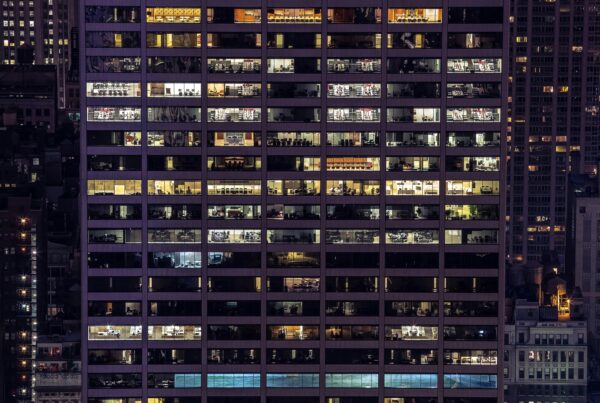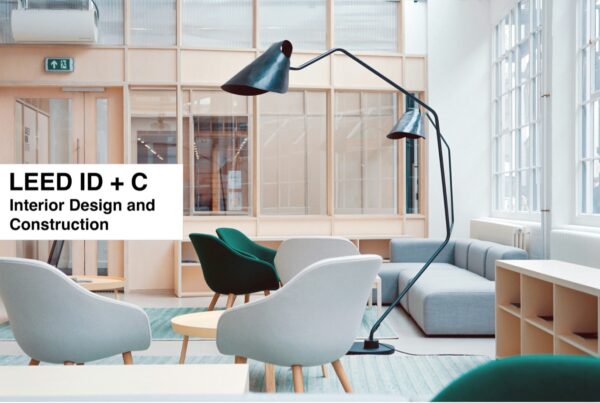The day my favorite indie coffee shop stopped bagging its used coffee grounds, I had to speak up. The wooden rack which was usually lined with 2-kilo bags of used coffee grounds had been empty for the past couple of weeks. They used to be there, for free pickup by anyone who wants to use them as compost, or garden fertilizer, pest deterrent, fridge deodorizer, pot scourer—or if they’re not squeamish—even as a body rub in the bathroom.

Repurpose coffee cups claim to be 100{e3829ec1db02d54faaf9fa2de0d48db26af01d7a7944a63c3b26976124791cab} compostable, are proudly sleeveless, made with FSC-certified paper, and have minimal carbon footprint.
One of the staff, Lean, had told me nowadays they only bag them when someone requests it; otherwise the grounds go to the building-wide waste collection at the end of the day, but that isn’t very efficiently segregated in the first place. I suggested they could coordinate with a plant nursery that can haul the spent grounds each day. Also they could approach customers and offer them a free bag, along with some info on what exactly those damn grounds are good for (A lot!).
In some ways, those unbagged coffee grounds may just be nitpicking on my part, but come to think of it those little things add up to the sustainability bottomline the company wants to make. What else could those little things be?
Rethinking Coffee Cups. A simple switch to compostable paper coffee cups can be initially costly to implement, but customers apparently are willing to pay the extra when they’re made aware it’s for the environment.
- Traditional wax-lined coffee cups have polyethylene which isn’t readily compostable—many recycling facilities even reject them.
- Consider the embedded energy required to make a single paper cup (and the hundreds of thousands of cups used all over the world each day). Worse, they’re only good for single use.
- A better option is biodegradable cups. Even better is to encourage customers to bring their own tumblers or use the in-house cups and mugs.
- Waste from coffee sleeves can add up too, which is why reusable mugs (with their good ‘ol handles) are still better.
(Almost) Zero-Waste Operation. This might seem wildly unrealistic, but it’s not impossible. Just ask Silo Cafe, a sustainable coffee shop based in Melbourne, Australia. As proof of its zero-waste concept, all of Silo’s non-biodegradable trash generated in a single year can be neatly contained in a small jar, which the owners display in a conspicuous spot to inspire patrons.
- Those used coffee grounds really have to be composted, no less. Farmers can then use them to grow produce organically, and then sell to establishments—including those coffee shops, thus bringing everything full circle.
Minding the Energy. With many coffee shops running 24/7, those espresso machines are naturally turned on all day, consuming energy. Thankfully, brewing equipment are smarter and more energy-efficient nowadays.
- Digital espresso machines have more precise temperature controls which extends coffee’s serving time without compromising flavor. These machines can also be disconnected at night or when not in use, but they also easily fire up in just ten minutes.
- Humidity control systems installed in refrigerators can cut back up to 4 degrees, saving energy and money.
- Adjusting the thermostat, retrofitting with LED Lights, and installing fans to alternate with the air conditioner all make a big difference to energy savings.
What’s Brewing? Frankly, I’m no coffee connoisseur, so I have no idea about taste difference. But suffice it to say that when I’ve been served sustainable coffee—that which is shade-grown, organic, and Fair Trade-certified, my coffee begins to taste even better.
- The staff has to make it a point to inform customers new about their coffee selections. Labels like “Triple Certified” will just go over people’s head unless it is explained it to them. It’s not overselling one’s virtue—sometimes coffee shops have to brag about their sustainability efforts (however little they may seem) to educate and inspire customers.
- Shade-grown coffee benefits the environment since rainforests don’t have to be razed just to grow coffee (which is good for the birds), while Fair Trade ensures farmers get premium pay for their hard work which extends to meeting the needs of their families.
- Don’t just stop at the coffee beans; choose organic produce too for breakfast or lunch fares such as pasta, sandwiches, etc.
Yes, there’s something inherently satisfying about a cup of freshly brewed coffee expertly prepared just for you. With all these coffee shops and tea shops sprouting at every corner, each one trying to carve their own identity amidst the popularity of Starbucks, sustainability becomes more than just a selling point. More than anything, it’s a commitment. An all-out commitment.
* * *
Today I notice there’s a lone bag of used coffee grounds finally sitting on the shelf, just as I requested. Better one than nothing, I think. Lean informs me they actually put out six bags today, and now there’s just one left. And they didn’t even have to insist it on customers.










